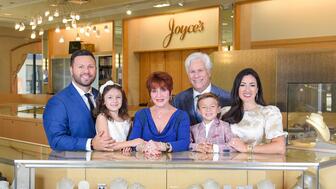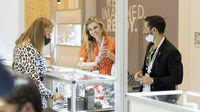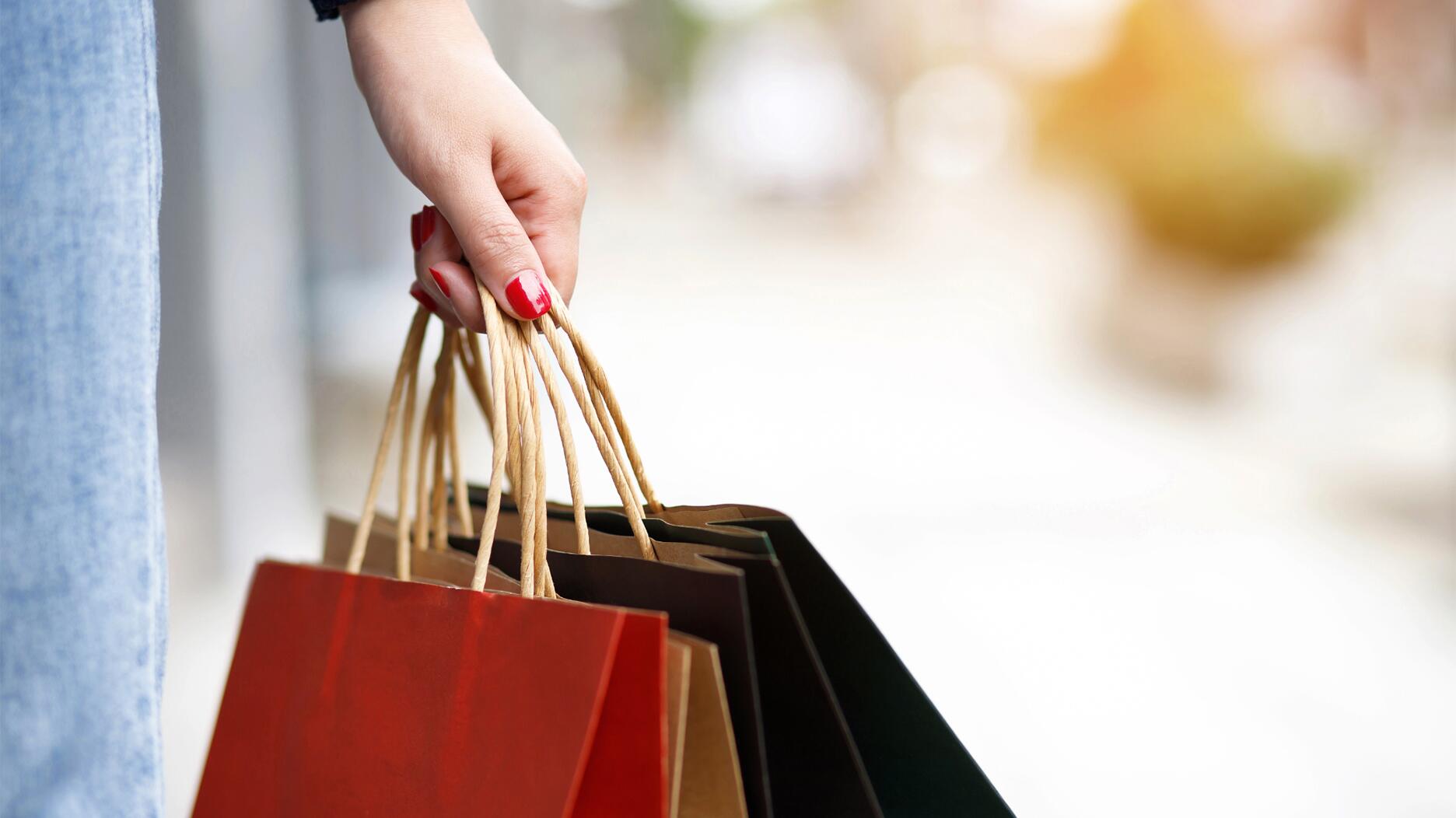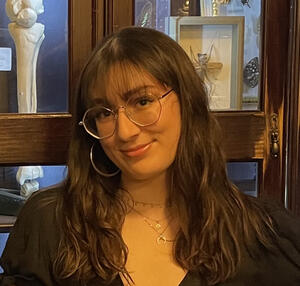We’ve Reached the Sustainability ‘Tipping Point,’ De Beers Says
It has become, and will continue to be, an important factor in diamond purchases, according to the 2021 Diamond Insight Report.

Price, design and, now, sustainability, a trend at least a decade in the making that’s now become an imperative for businesses, De Beers Group executives said Monday in an interview ahead of the release of the 2021 Diamond Insight Report.
As part of this year’s report, De Beers commissioned consulting firm GlobeScan to conduct a worldwide study on consumers and their attitudes toward sustainability, particularly as they pertain to natural diamonds.
What the study found is that consumers—particularly younger consumers—care about sustainability when buying a diamond and, what’s more, some of them are willing to pay a premium for it.
The issue of sustainability is quickly becoming “table stakes” for companies in the diamond business, said David Prager, De Beers executive vice president and chief brand officer.
“It won’t be a choice or an advantage to have a sustainable brand or product; it will be a must-have,” he said.
According to the study, nearly 60 percent of consumers will select a diamond from a brand that demonstrates that it operates in an environmentally and socially responsible way over one lacking sustainability assurances. Of those, 85 percent are open to paying an average premium of 15 percent.
The study also showed that the more important the occasion, the more likely consumers are to want a diamond that was produced responsibly.
Sixty-two percent of people buying natural diamonds for weddings, engagements and anniversaries rated sustainability factors as top priority in their purchasing decision.
That number dropped to 50 percent for diamonds women and men were buying for themselves, and 45 percent for diamonds purchased for other occasions, like Mother’s Day or Christmas.
Esther Oberbeck, De Beers’ senior vice president of strategy and analytics, has studied consumer behavior around diamonds for years.
She said with this most recent report, she was surprised at the geographical commonalities on sustainability it revealed, with consumers worldwide concerned about this issue.
The report also notes that sustainability concerns transcend age as well, though younger consumers— millennials in particular—are the current leaders in the movement, with Gen Z coming up behind as they gain more purchasing power.
The study found that 68 percent of millennials and 65 percent of Gen Zers have bought products because of their sustainability credentials, compared with 42 percent of baby boomers.
When it comes to jewelry specifically, 30 percent of millennials and 21 percent of Gen Zers have purchased jewelry with sustainability credentials, compared with only 8 percent of boomers.
Sustainability considerations are also higher among consumers with a higher education (67 percent) and from affluent backgrounds (70 percent), whom, it should be noted, are the ones with excess disposable income to spend on sustainable products.
The behavior of jewelry consumers is in lockstep with the broader global interest in sustainability in all sectors—not just diamonds and other luxury goods, but food, beauty products, household products, cars, and more.
“There is no doubt in my mind that this is not a fad,” Oberbeck said. “This is not going away. This is a mega-trend that is here to stay. I think consumers are telling us this message loud and clear.”
In the Diamond Insight Report, De Beers cited GlobeScan figures that show growing interest in issues of corporate social responsibility.
In 1999, GlobeScan conducted a study in which it asked consumers if they had considered rewarding a socially responsible company with a purchase or word-of-mouth referral. Less than half, 46 percent, said they had done so.
When asked that same question in 2020, 69 percent of consumers said yes.
In a GlobeScan Radar study conducted in 2010, 67 percent of consumers said they were interested in learning more about how companies were trying to be more environmentally and socially responsible.
By 2020, that percentage had risen to 86 percent.
And in another Radar study in 2015, less than half of consumers said they felt it was a company’s responsibility to have a “vision to make the world a better place.” Fast-forward to 2020, and that percentage stands at 64 percent.
Sustainability is an issue De Beers has been tracking—and investing huge amounts of money in—for years, starting with the launch of Forevermark in Hong Kong in 2008 through the introduction of De Beers Code of Origin in Las Vegas this year.
Prager said consumer interest in sustainability has accelerated over the past 18 months due to a confluence of factors: COVID-19; the social justice movement that started in the United States and spread worldwide; more people witnessing the first-hand effects of climate change; and more younger consumers reaching financial maturity.
All of this has brought society to what De Beers CEO Bruce Cleaver characterized as a “tipping point” for diamond purchases.
In the news release accompanying the report, Cleaver said: “With sustainability being one of the key mega trends across all consumer sectors, this year’s Diamond Insight Report explores how sustainability factors are influencing consumer attitudes towards diamonds.
“As is clear from this research, a tipping point has been reached—sustainability is no longer a trend that’s coming over the horizon; it’s already one of the key considerations in diamond purchases.”
The study is based on interviews with more than 8,400 people conducted in July.
GlobeScan connected with consumers in seven key markets for diamond consumption: the U.S., China, India, United Kingdom, France, Italy and South Africa.
Please check NationalJeweler.com in the near future for more analysis of the 50-plus page Diamond Insight Report, which can be viewed in its entirety on the De Beers website.
The Latest
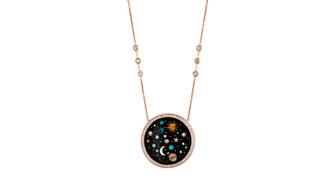
The necklace is featured in the brand’s “Rebel Heart” campaign starring Adam Levine and Behati Prinsloo.

The two organizations will host a joint event, “Converge,” in September 2025.

Big changes appear to be on the horizon for the diamond miner and its parent company, Anglo American.

With Ho Brothers, you can unlock your brand's true potential and offer customers the personalized jewelry experiences they desire.

Padis succeeds Lisa Bridge, marking the first time the organization has had two women board presidents in a row.


Jesse Cole, founder of Fans First Entertainment, shared the “five Es” of building a fan base during his AGS Conclave keynote.

The Royal Oak Perpetual Calendar "John Mayer" was celebrated at a star-studded party in LA last week.
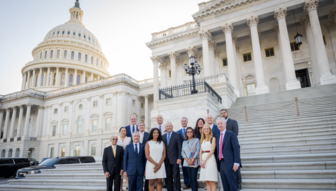
For over 30 years, JA has advocated for the industry, fought against harmful legislation and backed measures that help jewelry businesses.
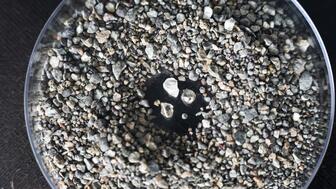
The announcement came as the company reported a 23 percent drop in production in Q1.
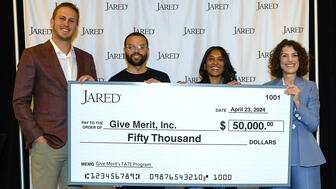
The three-time Pro Bowler continues to partner with the retailer, donating to a Detroit nonprofit and giving watches to fans.

A double-digit drop in the number of in-store crimes was offset by a jump in off-premises attacks, JSA’s 2023 crime report shows.
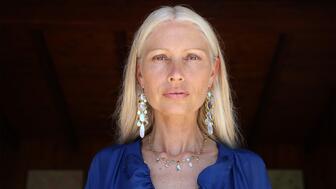
Inspired by the Roman goddess of love, the designer looked to the sea for her new collection.
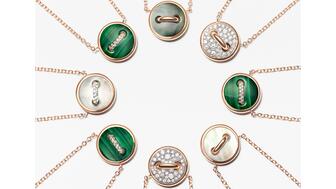
The luxury titan posted declining sales, weighed down by Gucci’s poor performance.

The selected nine organizations have outlined their plans for the funds.

The mining company’s Diavik Diamond Mine lost four employees in a plane crash in January.
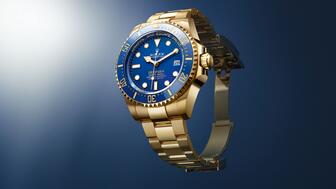
The crown introduced a dozen timepieces in Geneva, including a heavy metal version of its deep-sea divers’ watch.

Emmanuel Raheb recommends digging into demographic data, customizing your store’s communications, and retargeting ahead of May 12.
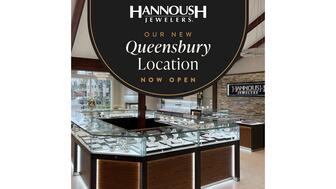
Located in the town of Queensbury, it features a dedicated bridal section and a Gabriel & Co. store-in-store.
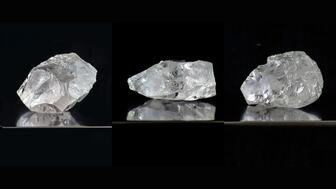
A 203-carat diamond from the alluvial mine in Angola achieved the highest price.
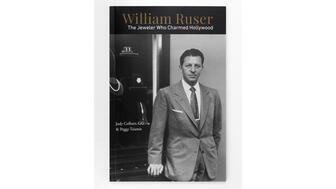
Ruser was known for his figural jewelry with freshwater pearls and for his celebrity clientele.
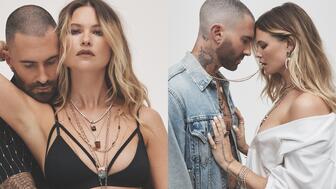
The “Rebel Heart” campaign embodies rebellion, romance, and sensuality, the brand said.
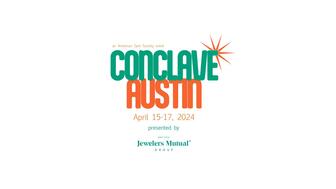
Editor-in-Chief Michelle Graff shares the standout moments from the education sessions she attended in Austin last week.
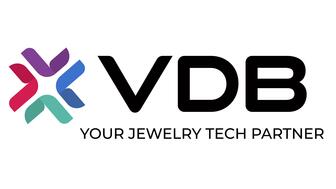
The overhaul includes a new logo and enhanced digital marketplace.
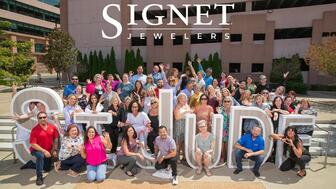
The money will go toward supporting ongoing research and aftercare programs for childhood cancer survivors.

A new addition to the “Heirloom” collection, this one-of-a-kind piece features 32 custom-cut gemstones.

Last month in Dallas, David Walton pushed another jeweler, David Ettinger, who later died.
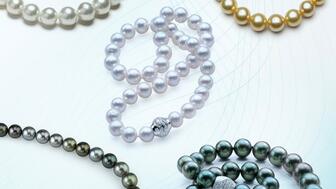
The move will allow the manufacturing company to offer a more “diverse and comprehensive” range of products.

